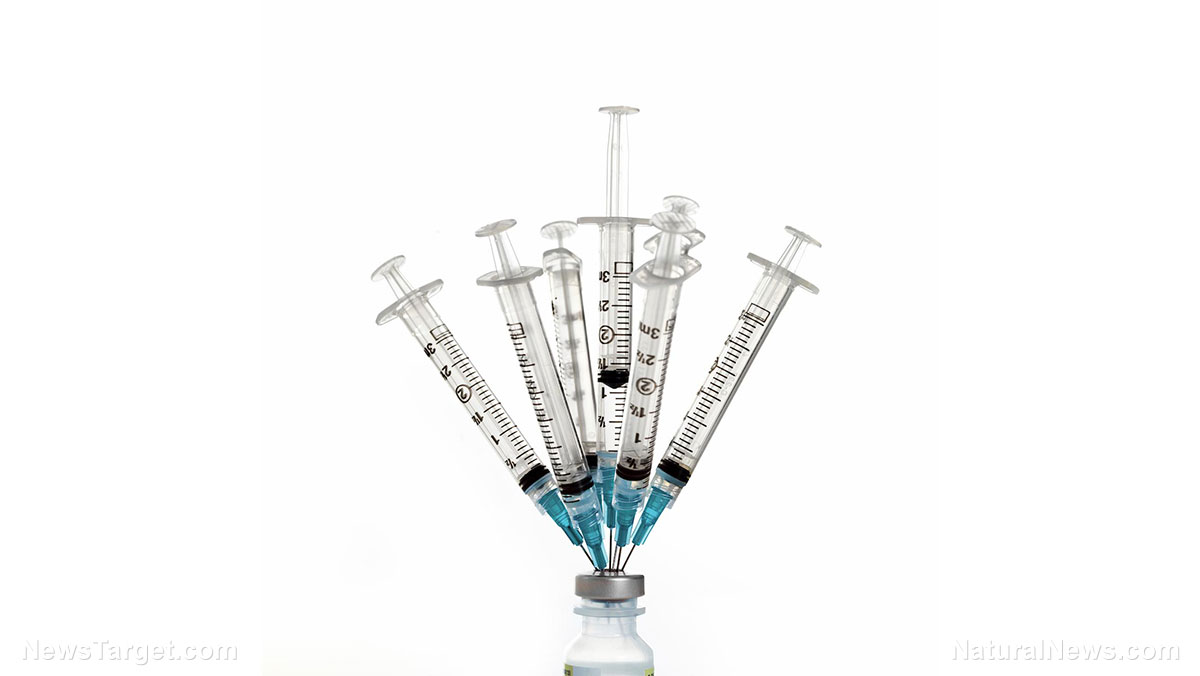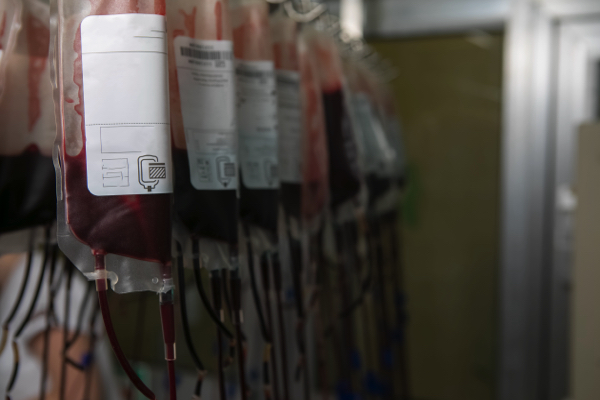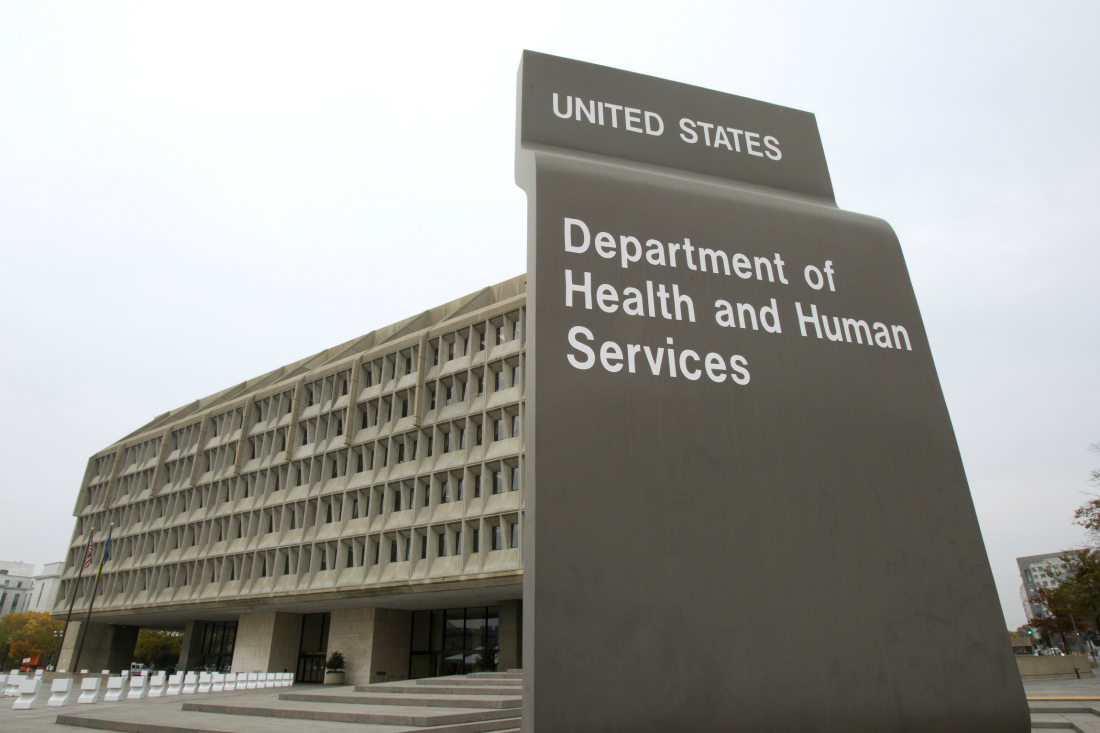The mRNA vaccines do NOT readily degrade and ultimately create IgG and IgM antibodies against lipid nanoparticles
08/07/2024 / By Lance D Johnson

A July 27 preprint study provides new insights into the failure of Moderna’s SPIKEVAX COVID-19 vaccine. The study shows that the mRNA and lipid nano-particle components of the vaccine can linger in the bloodstream for up to 28 days post-vaccination and generate IgG and IgM antibodies against lipid nanoparticles, skewing the vaccine’s efficacy and causing potential adverse events. This revelation has sparked calls for government agencies and vaccine developers to explain the lack of comprehensive pharmacokinetic studies.
Pharmacokinetics is the study of how the body processes a substance over time, including its absorption, distribution, metabolism and excretion. The vaccine industry and government regulators had previously advised that the vaccine’s mRNA components would quickly degrade in the deltoid muscle after injection. This process cannot be guaranteed and has implications for long term adverse events and damages to the immune system of tens of millions of people.
Vaccine ingredients linger 28 days after injection, forcing immune cells to resist lipid nanoparticles such as polyethylene glycol
The study tracked Moderna’s vaccine components in 19 individuals over a 28-day time frame. The study found specific ionizable lipid (SM-102) particles in blood samples within four hours of injection. The level of these components peaked between one and two days after injection. In most of the vaccinated individuals, the mRNA was detected 14 to 28 days after injection. Lipid nanoparticles sometimes remained intact and continued to recirculate in the bloodstream at the same decay rate as the mRNA. This contributed to an increase in antibodies against polyethylene glycol (PEG), a component of the lipid nanoparticles. This means the vaccine trains the immune cells to attack PEG, leading to immune deficits against actual infectious viruses and bacteria.
The researchers measured a 1.4 times increase in immunoglobulin G (IgG) antibodies and a 4.6 times increase in IgM antibodies — which is not a proper immune response. This measurement indicated that the immune cells are responding to the vaccine delivery system and are not relaying immunity to any pathogen. This study builds upon previous research in 2023 which showed mRNA vaccine components circulating in the blood up to 28 days post injection. Likewise, a Japanese bio-distribution study found the particles getting into the brain.
Previous studies also warn against immune cells being programmed to attack PEG, and its devastating implications for allergic and autoimmune issues when PEG is injected once more in the future. The study focused solely on blood samples without exploring other tissues and organ systems. It’s crucial to understand that the mere presence of mRNA and lipid nanoparticles in the blood could lead to further issues in the body and across organ systems. How do these foreign particles interfere with hormonal processes and blood circulation? How might the body mount an autoimmune attack against these foreign particles, leading to blood clots or allergic reactions?
The level of persisting nanoparticles in a patient’s blood may come down to the way the vaccine is administered in the arm
The level of mRNA and nanoparticles in the blood may be determined by improper administration of the vaccine in the arm. If the vaccine is properly administered intramuscularly, then approximately .1% of the components may leak into the blood and travel throughout the body. However, in some patients, the vaccine is injected directly into the blood, leading to a higher concentration of unresolved mRNA and lipid nanoparticles circulating in the blood for days or weeks post injection. “This is a numbers game,” said Michael Palmer, a member of Doctors for COVID Ethics. “It seems quite possible that this unfortunate group of patients are the ones suffering severe side effects.”
Dr. McCullough and others expert witnesses are demanding answers and accountability on the issue. McCullough said pharmacokinetic and pharmacodynamic studies “should have been done in 2020 as part of Operation Warp Speed.”
The absence of thorough pharmacokinetic studies on COVID-19 vaccines — especially considering their rapid development and deployment — represents a glaring failure of oversight. Government agencies and vaccine developers have a fundamental responsibility to conduct these studies to ensure not just efficacy but also safety. Instead, they opted for ‘surrogate’ data, glossing over vital concerns about immune failure, autoimmunity, and antibody dependent enhancement. This lapse has left the public with more questions than answers, undermining trust in the very institutions that should be ensuring our safety. Vaccine developers and regulatory agencies must remove untested vaccines from the marketplace and transparently address these concerns, while providing clear, scientifically validated explanations.
Sources include:
Submit a correction >>
Tagged Under:
allergic reactions, anti-PEG antibodies, autoimmune attacks, Big Pharma, Censored Science, immune cells, immune failure, lipid nanoparticles, long-term effects, medical ethics, mRNA, organ damage, oversight, pharma fraud, pharmacokinetic studies, research, unresolved mRNA, vaccine administration, vaccine damage
This article may contain statements that reflect the opinion of the author




















